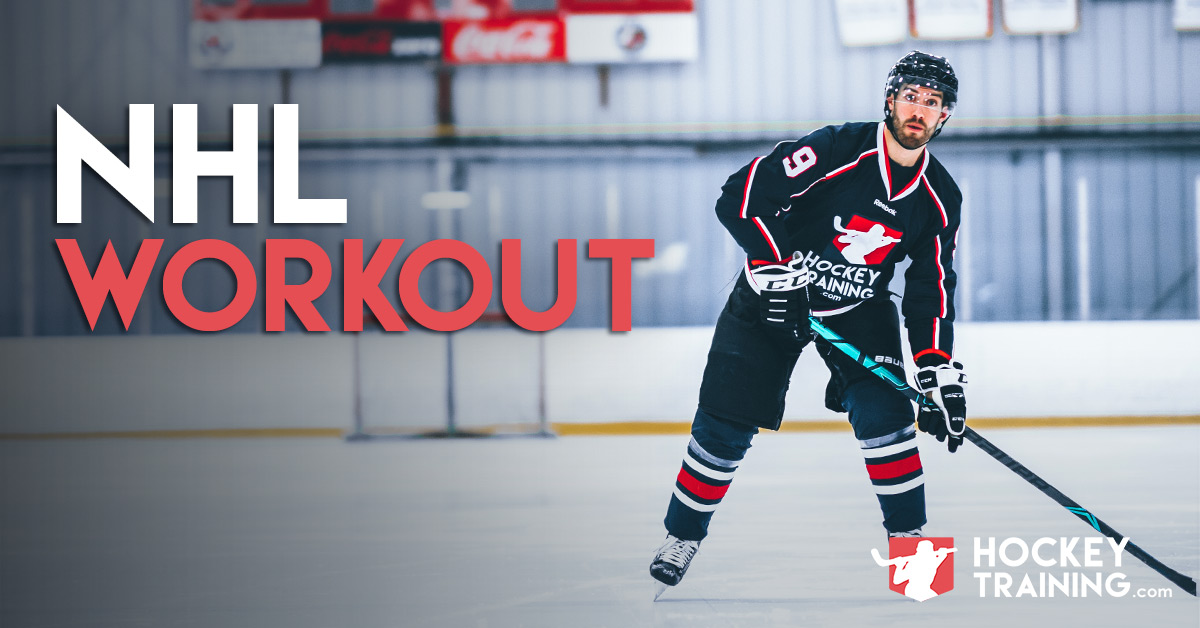In this article, I interview my good friend Rich Molin from Florida who works with every level of hockey player that you can think of, including NHL players.
We get a lot of questions here at Hockey Training about what the NHL players are really doing with their training, so I wanted to take the time to reach out to some resources of mine to let you know exactly how it goes down.
For your reference, my text will be in the italicized bold and he will be in the standard text. Let’s get into it!
First off, thanks for agreeing to do an interview with me here amidst your hectic schedule. I want to start off by opening the floor up to you so you can tell the hockey players and parents here who you are, where you’re from, and what you do in the hockey strength and conditioning world.
Thanks for having me Dan and thanks for allowing me to be a part of this interview interacting with professionals such as yourself and your organization.
My name is Rich Molin and I am a Certified Strength & Conditioning Specialist (CSCS) through the National Strength & Conditioning Association (NSCA) with more than 12 years of experience in the industry.
I was born and raised in Sweden where I played my youth hockey up to Junior A. I played high school hockey in Michigan where I also played a little minor pro hockey.
I own and operate a sports performance gym located in Delray Beach, Florida, where I train several NHL players, minor pros, college, junior, and high school hockey players.
Awesome!
Given the high volume of experience you have in this world, I wanted to circle this interview around two major concepts – the “big picture” and the “small picture” – in that, all of us as coaches have a vision for what the typical off-season should look like from a “big picture” periodization perspective, but then need to fill that with many “small picture” training weeks and individual workouts.
Let’s start with the big picture, from a month-by-month perspective, what can a high-performance athlete expect to see once they come to you fresh from a long in-season?
As far as the “Big Picture” goes, I always try to emphasize on believing in the process.
I try to explain to them that they don’t have to be in the best shape of their life in May, but they need to at the end of August before they go back to training camp.
Our off-season training is made up of three different very distinct phases.
Phase 1 is what we call “the stability phase” where we focus on strengthening the joints on the athletes from top to bottom using primarily body weight for lower body and lower weight, higher reps for upper body training.
Phase 2 is “the Strength phase” where we focus on muscle development training. Also, known as the “meathead phase” the athletes really like this phase! This is where we go after it with higher weights and lower reps focusing on building strength and mass.
Phase 3 is “the Power/Explosive development phase” which where we introduce power exercises such as cleans, snatches, barbell complexes, and box jumps. We also start training anaerobic hockey specific endurance during this phase. This phase is very taxing, so you don’t want to stay in it for more than 4 weeks.
As far as their on-ice training goes, it’s emphasized less in the first part of the off-season focusing more on technique and games.
In the second half of the off-season, ice sessions get more serious and intense.
That’s a great and well thought out layout, very similar to how I layout my off-season progression – including the meathead work! Haha.
Now moving into the “small picture” side of the equation, is there a typical way you like to set up your training week?
As far as the “small picture” goes, the way we set up the training week is lower body Monday, upper body Tuesday, Wednesday is off (we ask the players to do yoga, play golf or go to the beach), lower body Thursday, and lastly upper body Friday to get them ready for the weekend which they have off.
What would an example workout look like for an NHL player working with you? I know this can vary dramatically, so let’s narrow it down to what an NHL player’s speed workout would look like.
A typical “speed workout” with an NHL player would look something like this.
- Dynamic warmup including dynamic stretching, band walks and CNS activation such as jogs, side shuffles and skips in all directions.
- Movement prep which includes anterior reaches and single leg kickouts (simulate a skating stride standing on one leg) and ladder drills.
- Then we get into the “meat” of the workout and if our focus is speed, we’ll start with 10-yard sprints, then 10-yard sprints with deceleration, then 10-yard sprints with deceleration and backpedal. Then we’ll do power skips, power shuffles, and power cross-overs. Then we’ll finish up with hockey specific anaerobic endurance which could include bike intervals, sled pushes to sprint or the 300-yard shuffles.
That’s great, really gives everybody a broken down insight as to what a training week in the life of an NHL player looks like, and also an inside look as to what it takes to get everybody’s most desired quality – SPEED.
Moving on, because we have a lot of young hockey players who check out this site to improve their performance, I think it would be super valuable if they could hear from a guy with your level of experience what you think would be the #1 thing a young hockey player should do in order to become the best version of themselves?
I think the most important thing for young hockey players is to play other sports in the off-season such as golf, tennis, soccer, or basketball.
Also, do your research on an experienced CSCS certified trainer and take your off-season training very seriously because it can make or break your season and career.
Oh, and one more thing, HAVE FUN!
Awesome stuff Rich!
Thank you so much for your time, let the people know where they can find you.
Thank you, Dan, for asking me to be a part of this!
richmolin@yahoo.com
www.dynamic-fitness-solution.com
561-880-5799

